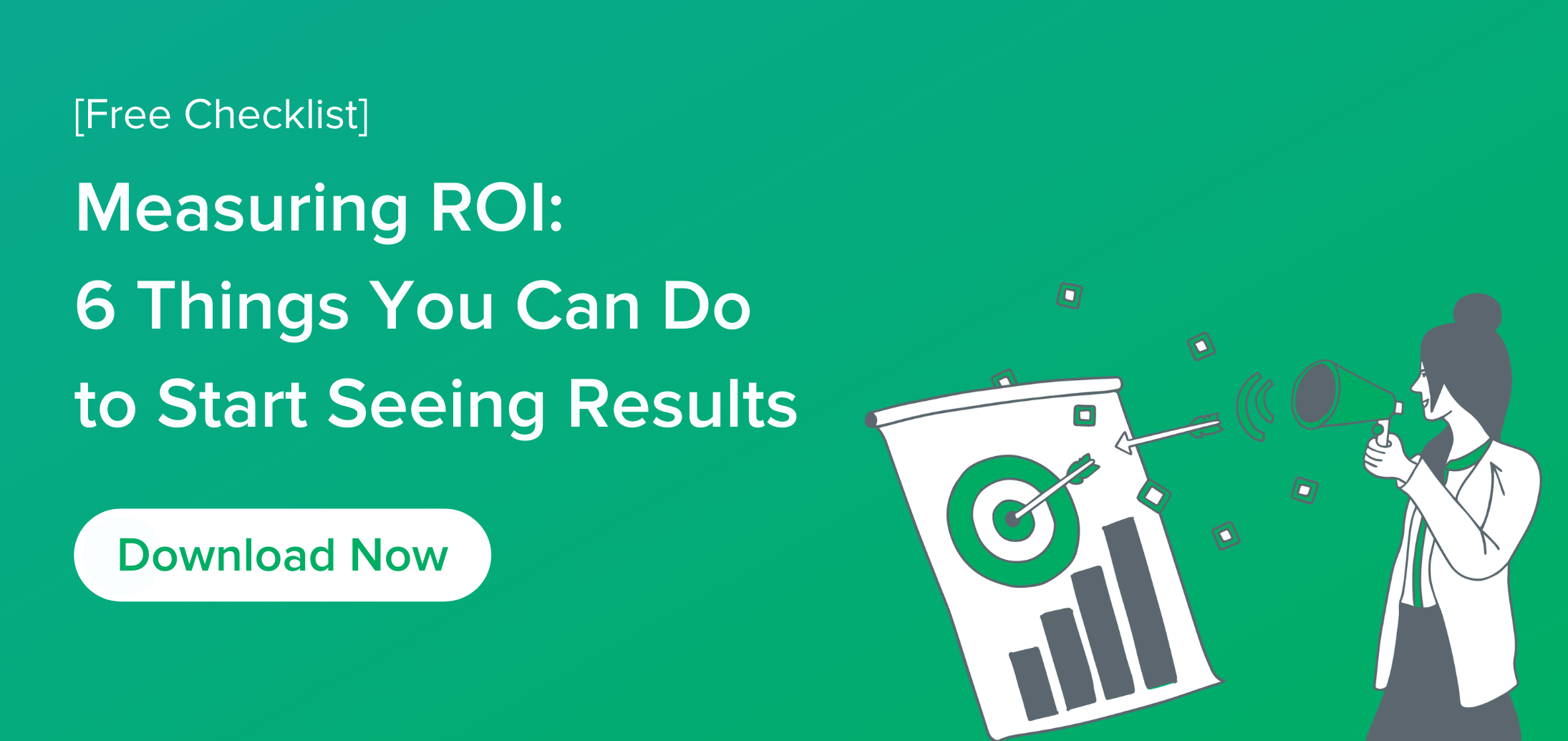For B2B e-commerce businesses, it can be difficult to differentiate themselves from competitors, attract new customers, build a base of loyal customers, and consistently generate more revenue.
A great solution? Content marketing.
But first, what is content marketing? Our marketing terms glossary defines it as:
A strategic approach to marketing that's focused on consistently creating and distributing high-quality, valuable content to attract, engage, and convert a specific audience and drive profitable action.
You might be wondering, "Will content marketing actually help my business?" And the answer is a resounding "yes."
According to FocusVision research, the average B2B prospect engages with 13 pieces of content throughout the buyer's journey before choosing a vendor. The top source of that content? The vendor's website, followed by search results and social media posts.
If your B2B e-commerce business isn't tapping into content marketing to convert your audience into leads and then customers, you're missing out on a valuable opportunity to nurture your leads to the point of purchase and grow your business.
4 Tips for Driving ROI Through Content Marketing
Of course, just creating whatever content comes to mind and stopping there won't help you create a measurable return on your content marketing investment. Give these tips a try to drive content marketing ROI for your B2B e-commerce business:
1. Use keyword and industry research to find out what content your audience craves.
Before you can create impactful content marketing, you have to understand your audience. Who are your ideal customers? What are their roles? What questions do these people ask during the sales process?
Once you have a handle on who you're targeting and common questions and objections your sales team hears, it's time to dive into your keyword research. Use a tool such as Moz to determine what keywords people commonly search to find answers to those types of questions. Make a keyword list outlining the ones you'd like to build content around.
And don't forget to also look at industry research and trends when determining what type of content you create and what subjects you cover. For instance, the FocusVision study found that the types of content most helpful in the B2B purchase decision-making process address:
- Product specifications and functionality.
- Product comparisons.
- Product success stories.
- Demonstration of value to specific internal stakeholders.
- Product tutorials.
- Guidance on how to solve common problems.
The specific types of content you create will vary depending on the insights your keyword research yields. But keep this information in mind as you develop your content strategy for your B2B e-commerce business's audience.
—
Need help documenting an effective content marketing strategy? Download your free  .
.
—
2. Provide helpful downloadable resources.
Creating downloadable content such as templates, checklists, guides, and whitepapers can position your company as a helpful, knowledgeable resource that your audience can count on for further educating themselves about your industry. And when you put those downloadable resources behind a contact form, you have the opportunity to generate leads for your business through that gated content.
Just look at Venngage. This company's website is chock-full of helpful resources, including templates for users. By providing these resources, Venngage can encourage sign-ups and elevate its brand. Plus, its resource-rich "What Is a Marketing Plan?" post has brought in 85 linking root domains to the website.
—
Not sure where to start? Download our  to create effective gated content that generates business results.
to create effective gated content that generates business results.
—
3. Keep tabs on your content's performance.
You can't know whether your content is effective if you're not measuring performance and keeping track of your progress over time. If you're in the dark about the effectiveness of your content marketing strategy, you can't possibly make smart adjustments to your strategy over time to generate more ROI.
I wrote a content marketing ROI guide that you can check out for a more detailed look at how you can measure your results. That article breaks down which metrics you might track depending on whether you're focusing on SEO, thought leadership, or lead generation goals. Those metrics might include clickbacks to your site, average lead score, lead conversions, content syndication, time on page, bounce rate, and more.
—
Download your free  to keep track of your content marketing performance.
to keep track of your content marketing performance.
—
4. Update existing content.
Updating existing website content is an area that many companies miss out on. After you've been creating content for a while, some of your on-site content will inevitably become outdated. But that's not your only opportunity for updating your existing content. Once you start tracking the performance of your content marketing, you'll be able to determine which pieces of content could use a refresh in order to be even more effective.
I recently published a blog post outlining the signs your content needs to be updated, but I'll summarize it here. Aside from timeliness, your on-site content might need a refresh if:
- It has high search visibility but low visitor engagement.
Subpar engagement could be mean a low volume of clicks on your calls to action, high bounce rate, low time on page, or fewer comments or shares than other blog content.
If your blog post ranks on the first page of search results but gets low engagement, that could be a sign that your title is misleading or your CTAs are irrelevant. Take a good, hard look at your blog post to determine why your audience is clicking through from search but not engaging with you further, and make adjustments accordingly.
- It has low search visibility but high visitor engagement.
A blog post that ranks low in search results but achieves high engagement might be a good candidate for an update. This piece of content obviously entices your audience to engage with your business further, so take advantage by bolstering its search visibility so you can engage even more people. Make sure this blog post includes your target keywords naturally — but don't creep into keyword-stuffing territory.
If you're not leveraging content marketing to convert your audience into leads and then customers, then you're missing out on the opportunity to nurture your leads to the point of purchase and grow your business. Try out these tips to generate content marketing ROI for your B2B e-commerce business.
To learn more about what steps you can take today to start generating a return on your content marketing investment, download your free checklist:











